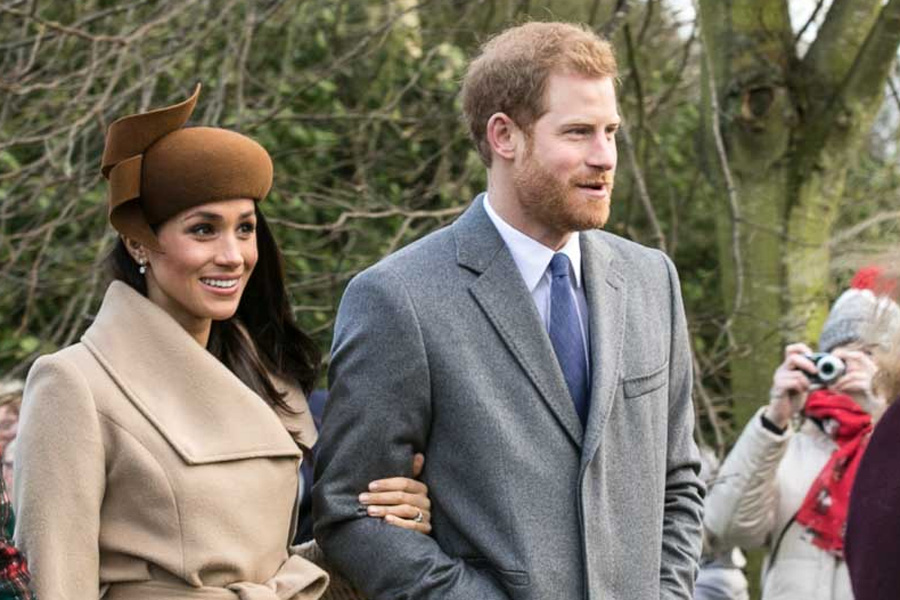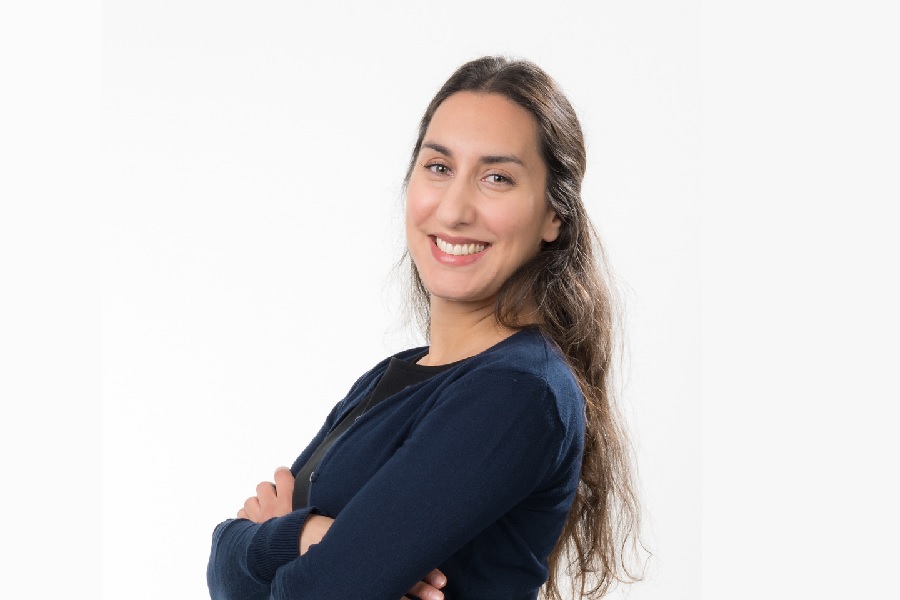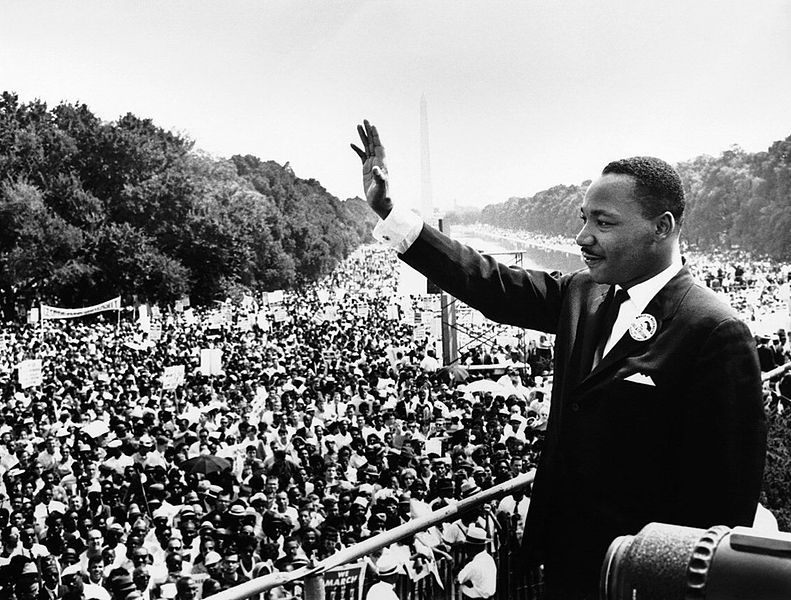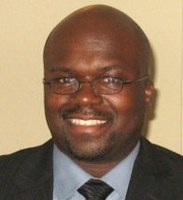Ghana’s government introduced a ban on the recruitment of workers to the Gulf region in 2017 in the hope of reducing exploitation and abuse of migrant employees. However, the ban does not address the underlying drivers of migration for young Ghanaians, and it is likely to continue with unintended consequences. Michael Boampong, PhD candidate in the Department of Geography says that instead, Ghana should ensure improved working conditions at home, coupled with greater legal protection for migrants abroad.
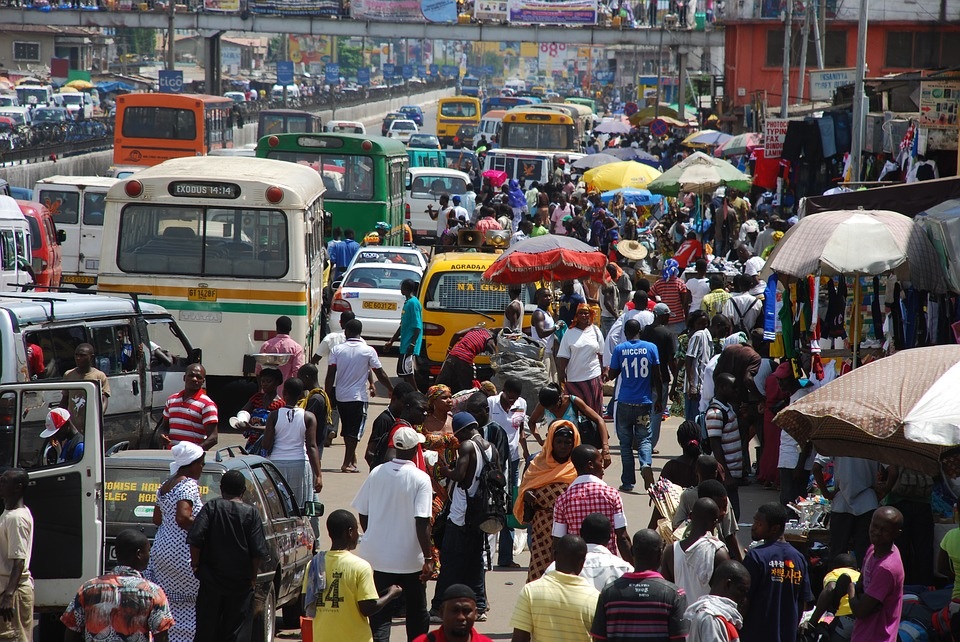
In 2017, the government of Ghana banned the recruitment of workers to the Gulf region. The ban was introduced due to widespread reports of abuse and exploitation of Ghanaian migrant workers in the region. The ban affects not only recruitment agencies, but also those who use their services, the majority of whom are young females. The Ghanaian media and unverified WhatsApp videos have often shown stories of young female migrant workers who have travelled to the Gulf States as domestic workers, working under inhumane conditions, often abused and unpaid for their work. Most recent is the horrific account of a young girl who returned from Kuwait to Ghana.
It must be acknowledged that the danger of being a migrant worker in the Gulf region is not peculiar to only Ghanaians. Media and rights-based organisations have documented the harsh conditions migrants experience in the region often due to the poor domestic labour laws of most of the Gulf Cooperation Council (GCC) countries. These countries have what is known as the “Kafala” visa system, whereby the employer pays the recruitment costs and consequently takes legal responsibility of the worker. This includes making decisions regarding working hours and conditions. The worst aspect of the Kafala system, however, is that the migrant’s visa is then tied to that one employer – denying the flexibility of changing employment or risk invalidating the visa.
Nevertheless, in many developing countries like Ghana, the rise in youth unemployment rates, poverty and the important role of young people in household livelihoods – coupled with a sense of ‘making it through migration’ – remain major drivers for young people’s migration. There is no doubt that the young will be the most affected by this long-standing Ghanaian ban which has been in place since June 2017.
It is a timely effort for Ghana to take steps toward protecting ‘innocent citizens …from illegal employment agencies’. However, there are some reasons this prolonged ban is a bad idea, considering that the drivers of migration (e.g. unemployment) remain prevalent:
- An outright ban on recruitment criminalises the work of all recruitment and travel agencies. When this happens, young people are likely to find other options to facilitate their movement, including falling into the hands of human traffickers. Migration is likely to be riskier, and irregular migration could increase.
- Depending on their age and gender, individuals are likely to be expected to contribute to household income. This is often obtained through migration, hence migration becomes a livelihood strategy. Thus, a ban will affect the income of households who depend on migrant worker remittances. This is likely to be the case of potential and current migrant households, including those who have returned home but are unable to go back to the region to work due to the ban.
- Fundamentally, the ban also affects the freedom of young people to make decisions about their own lives, including the choice of work, travel, and how they obtain a livelihood. Migration is commonly perceived as a route out of poverty, and thus the ban removes the agency of young people.
So, what should be done?
The drivers of migration must be addressed. Given the poor job prospects in Ghana for both educated and uneducated individuals, many young people do not have another alternative but to leave the country. Therefore, the vital thing is to create economic and job opportunities for young people at home. This will offer them the choice of working in Ghana rather than taking the risk of moving to places where their human rights are likely to be abused. Further, it is essential to open up the space for registered labour market intermediaries or brokers, and private employment agencies to continue their work under strict government regulations.
There is also a need to strengthen information campaigns about the realities of migration to allow young migrants, including those in urban and remote areas, to make informed migration decisions. Added to this, there is the need to regulate and monitor the work of recruitment agencies to know what kind of information is offered to potential migrants.
Moreover, the Government must take steps to fine-tune the legal framework for migrant workers through bilateral arrangements. This includes exploring opportunities to establish new labour mobility agreements with countries that uphold human rights laws, including within Africa itself.
In essence, the ban on migrant workers recruitment in Ghana is unlikely to curb migration to the Gulf region. While a ban may appear to be a step in the right direction, it, in fact, it makes young migrants (particularly females) more vulnerable to clandestine travel agents, and increases migration through illegal channels, further exposing migrants to abuse and exploitation.



 I decided to pursue this MSc having completed an undergraduate degree in Politics and French and then spending several years teaching, both in the UK and abroad. As part of my course my compulsory modules were in International Political Economy of Childhood, Social Studies of Childhood, and Researching Children and Childhood, and I took an option module in Education, Power and Resistances. My compulsory modules were fascinating and I enjoyed writing essays on subjects such as migration and their effects on children and young people. I was eventually inspired in the choice of my dissertation midway through one of my modules, during which we learned about transnational childhoods. This opened my eyes to a range of research and literature I would otherwise not have known about. I developed a dissertation proposal which focused on understanding the transnational and gendered identities of Latin American youth living in London. Having spent several years working in Spain and Latin America, I was interested in the growing size of this community in the UK. To collect data for this research I spoke with nine Latin American young people, aged between 16 and 19 years old, living in Lambeth and Southwark in south London, and learned about their recent migration to the UK, their experiences at school and their life now in London. Conducting these interviews highlighted the challenges of collecting primary data – I had to contact a number of schools and local organisations to try to recruit participants, and also spent time canvassing at festivals and events. However, speaking with these young people was one of the most enjoyable parts of the dissertation process and I learned a number of new skills that made me realise that I would like to develop a career in the research sector.
I decided to pursue this MSc having completed an undergraduate degree in Politics and French and then spending several years teaching, both in the UK and abroad. As part of my course my compulsory modules were in International Political Economy of Childhood, Social Studies of Childhood, and Researching Children and Childhood, and I took an option module in Education, Power and Resistances. My compulsory modules were fascinating and I enjoyed writing essays on subjects such as migration and their effects on children and young people. I was eventually inspired in the choice of my dissertation midway through one of my modules, during which we learned about transnational childhoods. This opened my eyes to a range of research and literature I would otherwise not have known about. I developed a dissertation proposal which focused on understanding the transnational and gendered identities of Latin American youth living in London. Having spent several years working in Spain and Latin America, I was interested in the growing size of this community in the UK. To collect data for this research I spoke with nine Latin American young people, aged between 16 and 19 years old, living in Lambeth and Southwark in south London, and learned about their recent migration to the UK, their experiences at school and their life now in London. Conducting these interviews highlighted the challenges of collecting primary data – I had to contact a number of schools and local organisations to try to recruit participants, and also spent time canvassing at festivals and events. However, speaking with these young people was one of the most enjoyable parts of the dissertation process and I learned a number of new skills that made me realise that I would like to develop a career in the research sector.
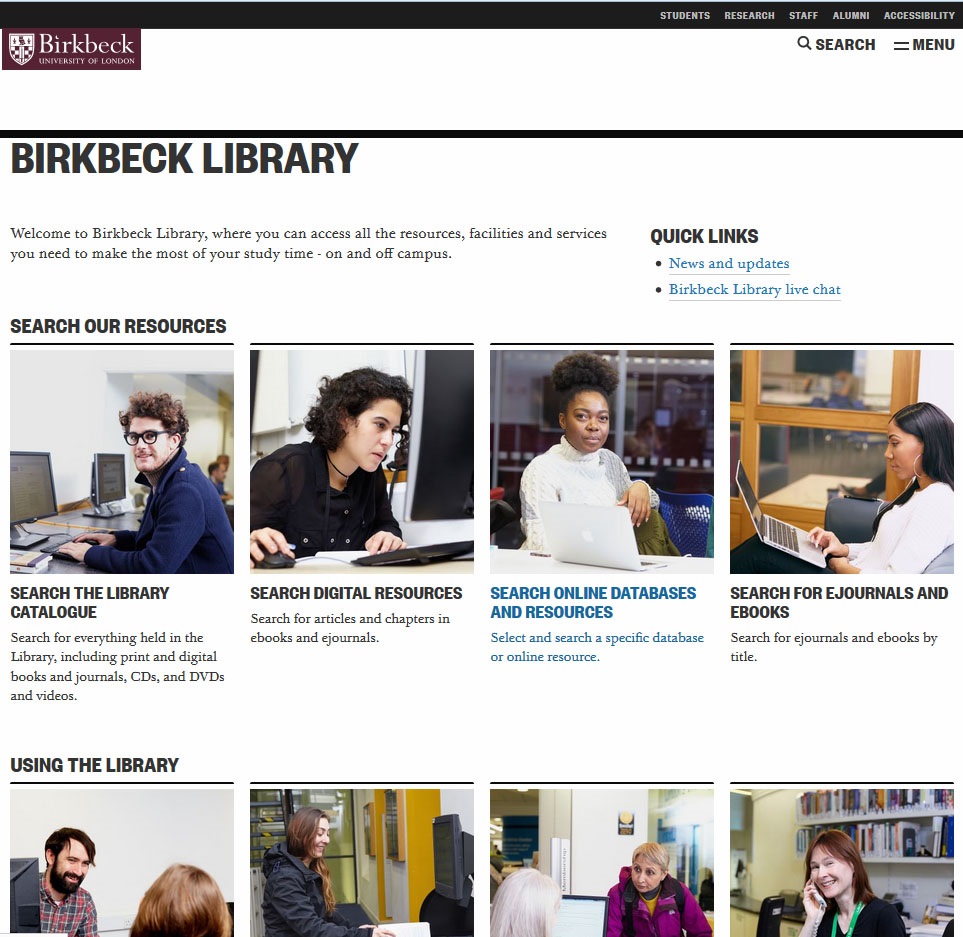
 The next step was to come up with a new structure for the Library website. We were invited to a Library web workshop and, using post-it notes and sharpies, we wrote down the most common queries that we get from our users (one query per post-it note). Then we stuck them o
The next step was to come up with a new structure for the Library website. We were invited to a Library web workshop and, using post-it notes and sharpies, we wrote down the most common queries that we get from our users (one query per post-it note). Then we stuck them o

